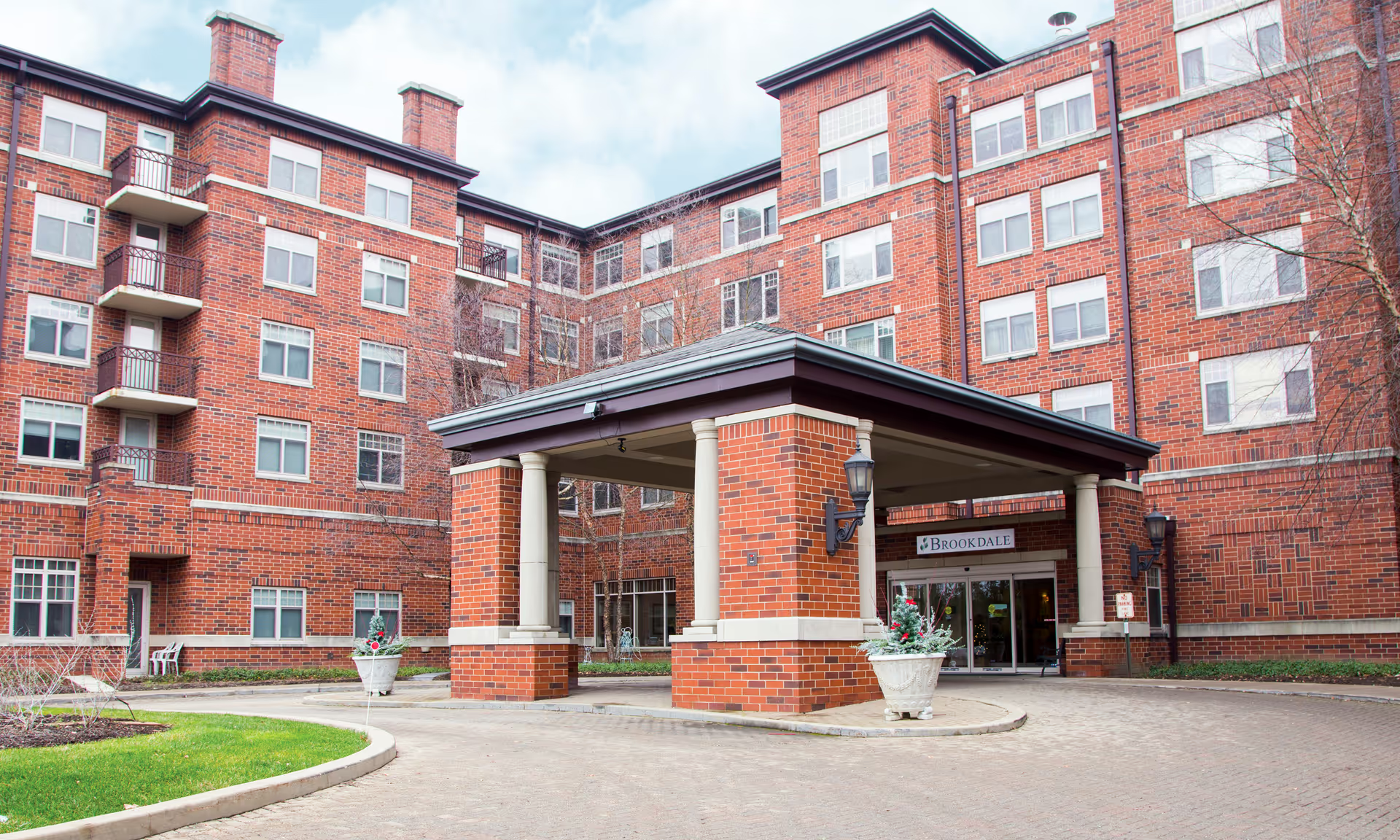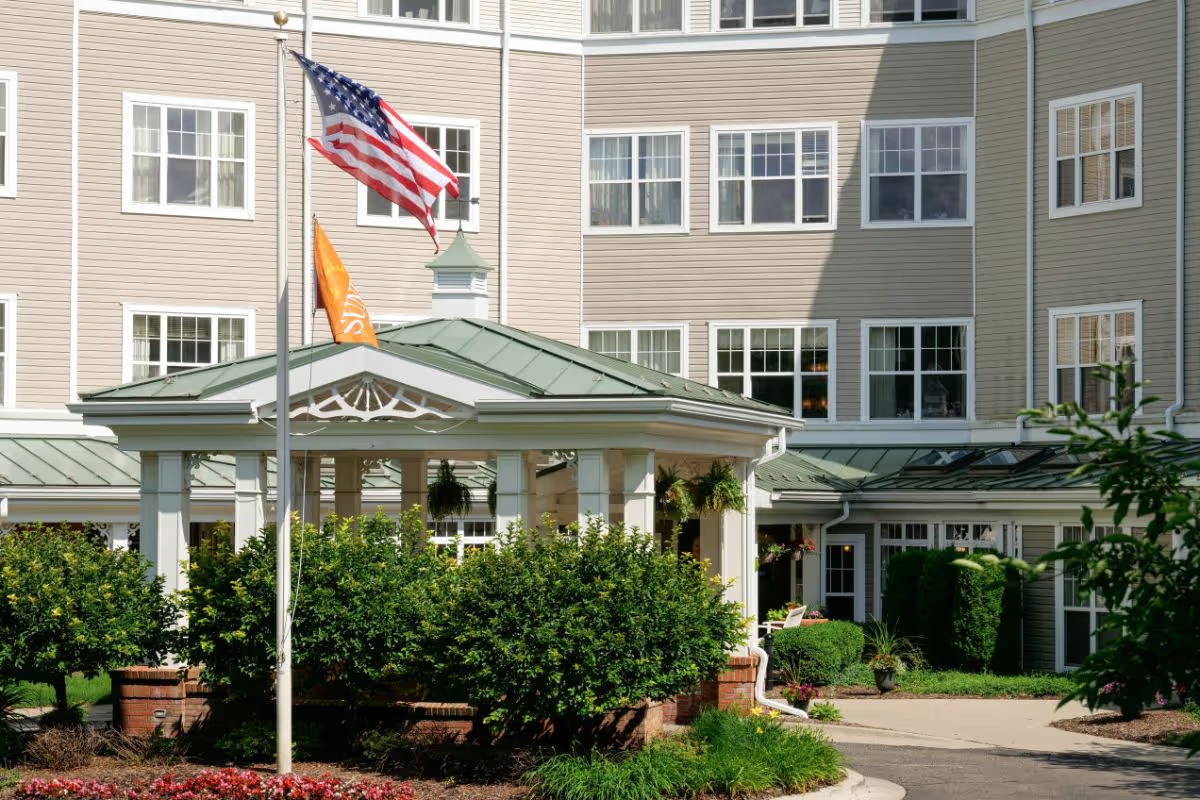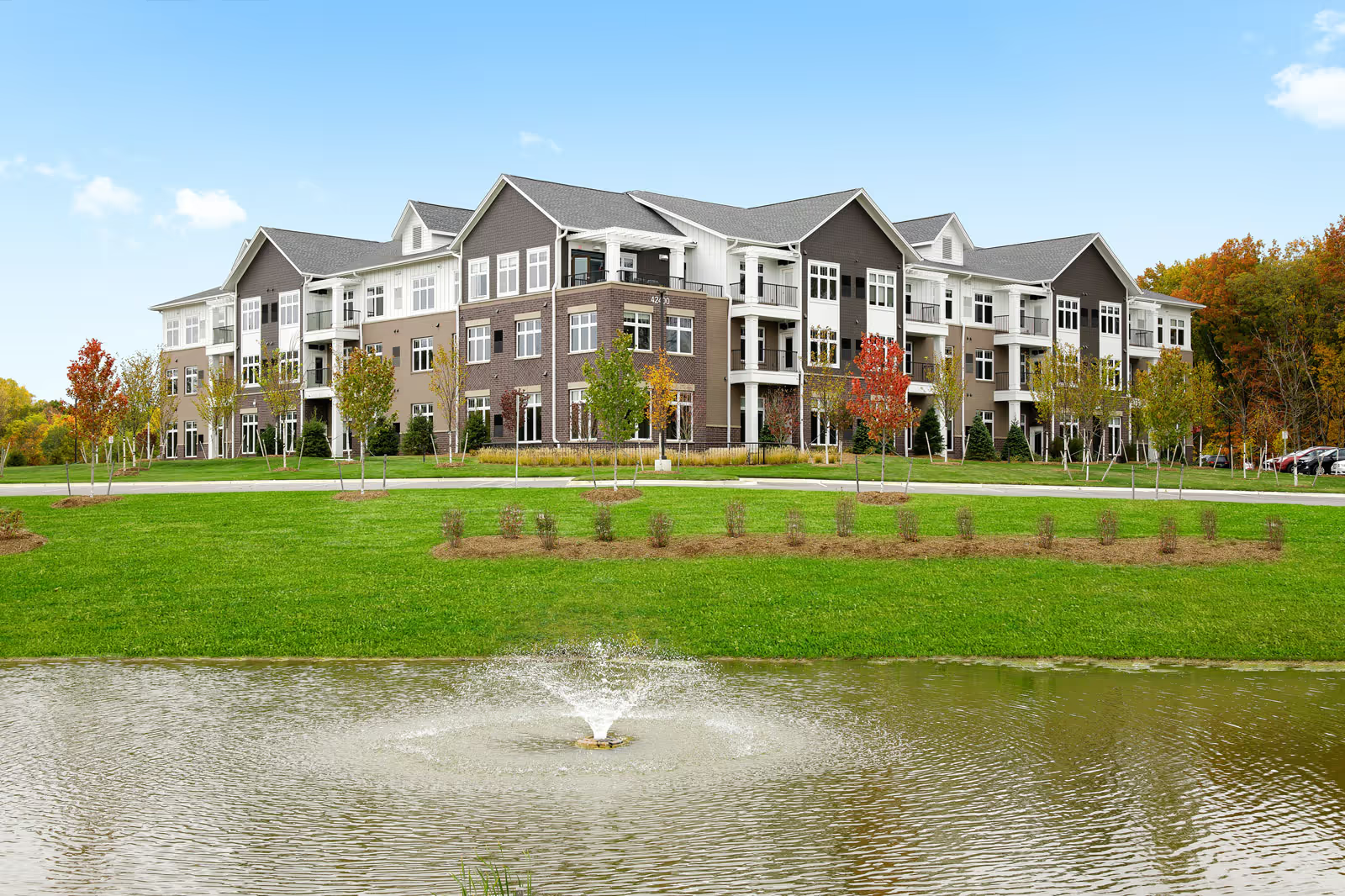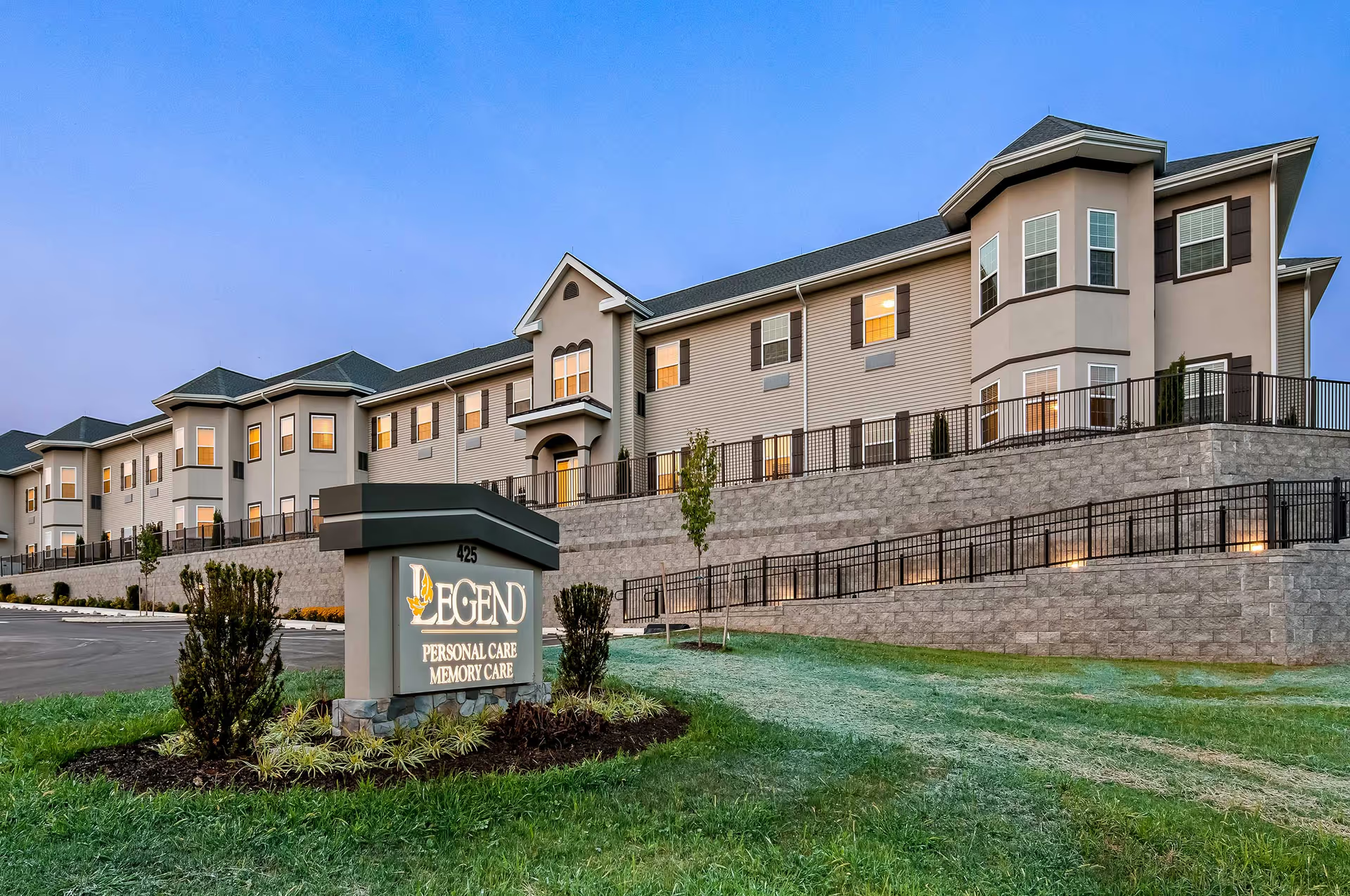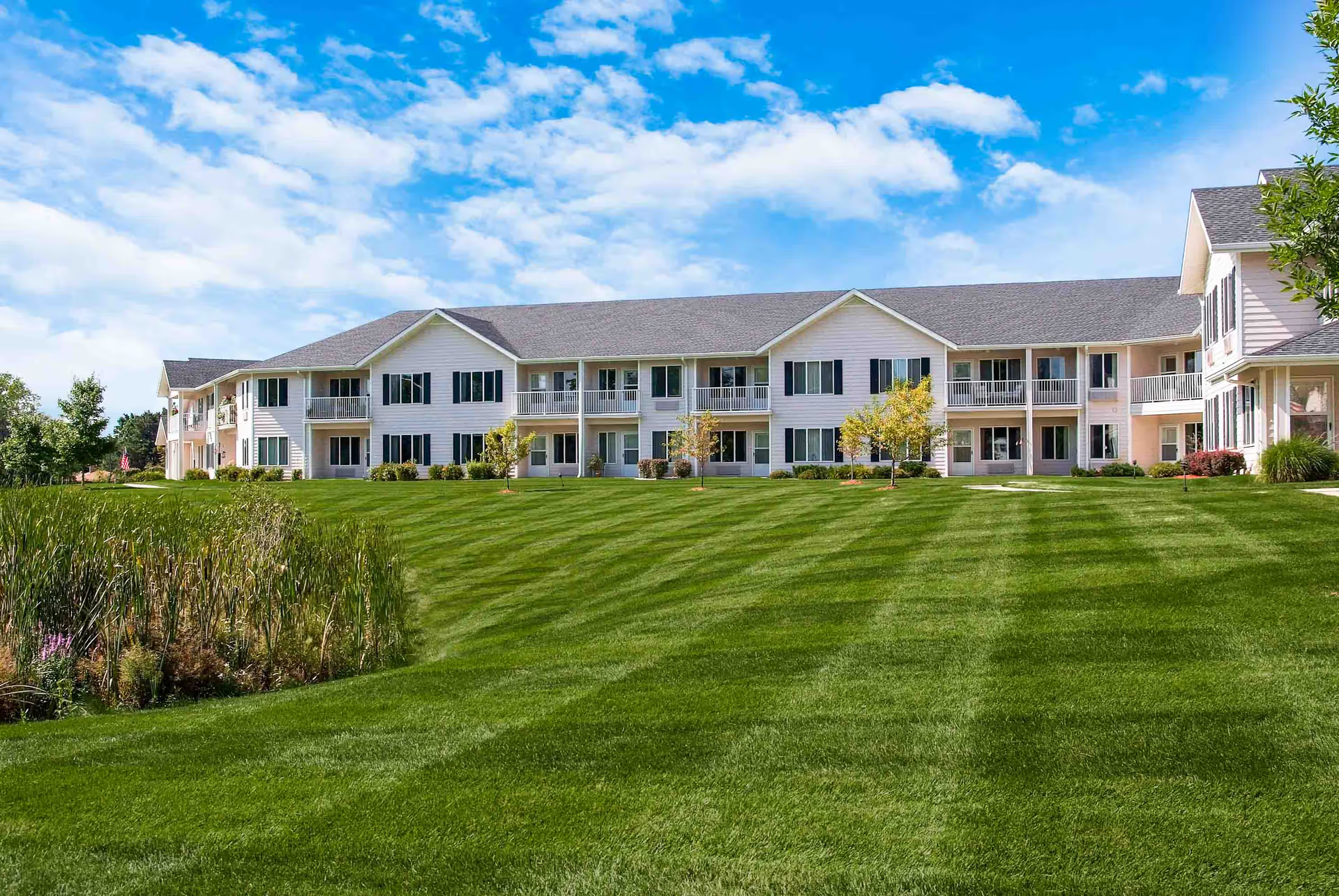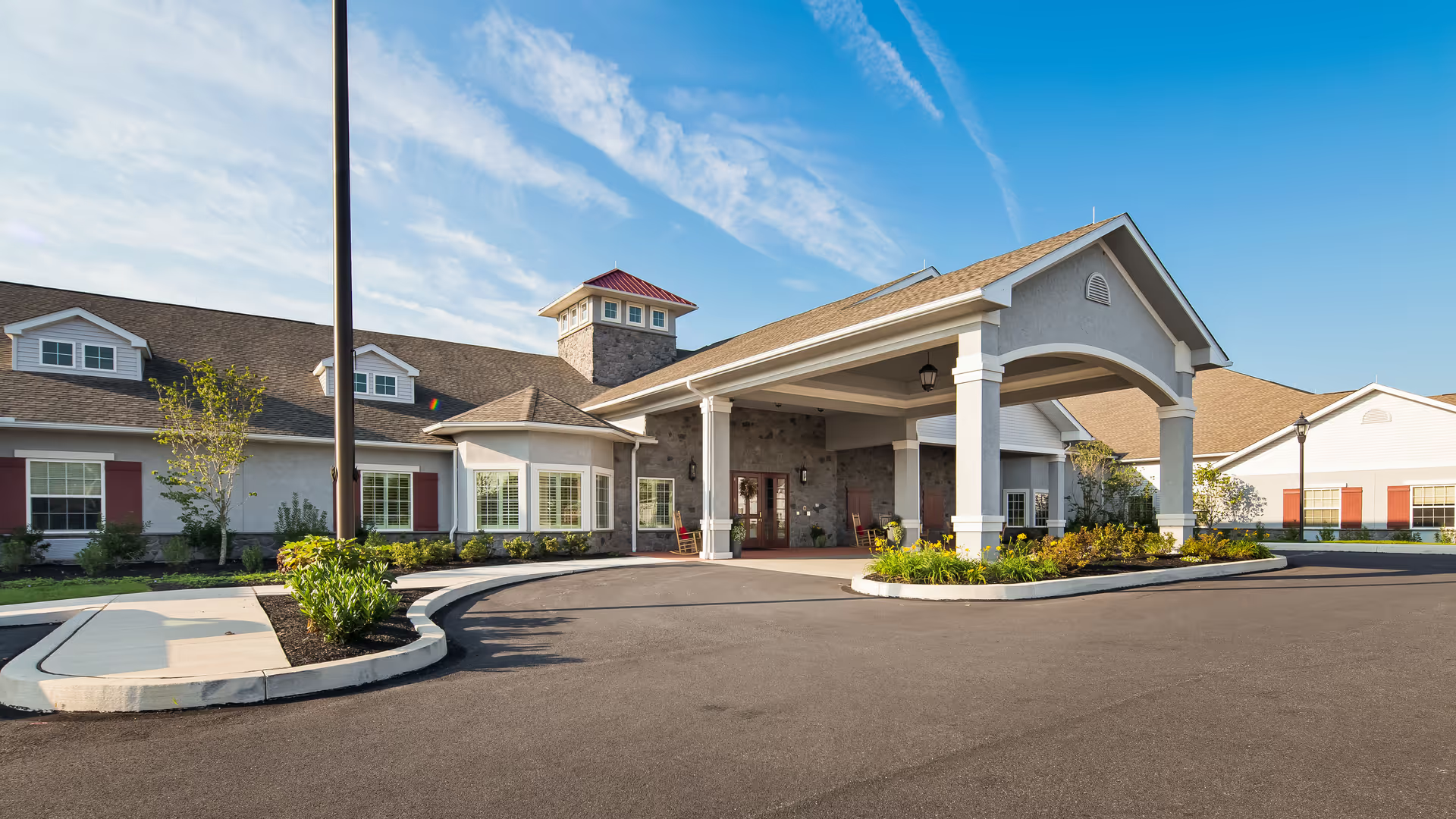Overall sentiment across the review summaries is strongly positive, with a clear and consistent theme: reviewers overwhelmingly praise the quality of direct care, the expertise in dementia and memory care, and the high standards of the physical environment. The strongest and most frequent compliments concern the caregiving team — described repeatedly as compassionate, patient, highly trained in dementia care, and attentive to individual resident needs. Families report that staff learn residents by name, interpret nonverbal cues, consult families on medication changes, and provide dignified end-of-life care. Low staff turnover and long-tenured personnel are mentioned often, reinforcing impressions of relationship continuity and trust between families and caregivers.
Clinical and rehabilitative services receive consistent praise. Many reviewers highlight effective physical and occupational therapy programs, one-on-one therapy, in-room therapy, fall-risk support, and coordinated clinical care that facilitated notable recoveries and helped residents regain mobility or strength. Medication management and coordination with external providers and hospice are described positively in most accounts; however, there are isolated reports of delayed antibiotics or one nurse being stretched thin. These concerns are relatively rare in the dataset but important to note as exceptions to the otherwise solid clinical reputation.
The facility itself is frequently described as upscale, hotel-like, and thoughtfully designed for memory care. Common descriptors include elegant, bright, immaculate, and well-maintained. Architectural and interior design elements that support dementia care — open spaces, lots of windows, secure yet walkable areas, courtyards, gardening rooms, and appropriately designed dining areas — are repeatedly called out. Private, apartment-style rooms with en-suite baths are a recurring plus, as are on-site amenities such as beauty salons, theater rooms, and spaces for private family gatherings. Technology adoption (video-enabled tablets, VR for family participation, personal pendants, and an advanced emergency call system) is also highlighted as a differentiator.
Dining and food service are standout positives. Numerous reviews praise the chef-prepared menus, restaurant-style presentation with linens and china, a variety of meal options (including higher-end options like filet mignon), and attention to special dietary needs and comforting meals. Reviewers credited the kitchen with contributing to weight maintenance and improved appetite, and many stories emphasize how meals feel social and purposeful for residents.
Activity programming and social engagement are emphasized repeatedly as a core strength. Families and residents describe a rich calendar of cognitive and social activities—music programs, Vigorous Minds, exercise and personal training, theater, outings, bus trips to restaurants, baking or culinary learning, and travel-destination themes. Reviewers report that these offerings help residents become more social, laugh, sing, dance, and regain a sense of purpose. There are many examples of individualized attention, such as personalized music selections and VR participation for remote family members. While the majority describe robust programming, a small subset of reviewers reported limited activities or felt the activity schedule was inadequate; these negative notes are outliers compared to the dominant positive trend.
Communication with families is generally characterized as proactive and strong: reviewers reference regular updates, monthly family support meetings, Staying Connected materials, and staff members who quickly respond to concerns. Many families report feeling welcomed and included in care decisions, and they appreciated elements like seamless move-in experiences and supportive transitions from other facilities. Yet, there are recurring criticisms focused squarely on administration and management: a minority of reviewers describe an unprofessional or profit-motivated administrative tone, poor transparency in problem resolution, and occasional eye-rolling or avoidance when issues are raised. These comments suggest variability in leadership interactions and a perception among some families that management responsiveness does not always match frontline caregiving quality.
Staffing and operational concerns appear in a small but meaningful number of reviews. Complaints include understaffing at times (for example, one nurse responsible for a large number of residents), occasional delays in medication or medical interventions, missed care tasks such as laundry losses or missed feedings cited in isolated negative reviews, and inconsistent reception from certain staff members. These items contrast with the many reports of excellent staffing; they represent minority experiences but are worth noting for prospective families who prioritize consistent operational reliability.
Cost and transparency around fees are mixed: many reviewers note transparent pricing, acceptance of long-term care benefits, and no hidden fees for additional care services; some explicitly say Maplewood is a satisfactory or lower-cost option compared to other communities. Conversely, a few reviews call the community pricey and question whether advertised services were fully delivered, indicating a perception of high cost versus value in a minority of cases.
In summary, Maplewood at Cuyahoga Falls receives overwhelmingly positive feedback across caregiving quality, dementia specialization, dining, facility design, cleanliness, and programming. The most compelling strengths are the caregiving team's dementia expertise and compassion, the upscale and dementia-aware physical environment, chef-driven dining, and rich, purposeful activity programming. Notable patterns of concern are limited but consistent enough to mention: occasional administrative unprofessionalism or profit-focused perceptions, some reports of understaffing or delayed medical responses, a few isolated operational lapses (lost laundry, missed tasks), and mixed impressions about pricing or activity sufficiency from a small subset of reviewers. For most families reflected in these summaries, the community is viewed as exceptional—particularly for memory care—while a small minority experienced management or staffing-related issues that tempered their impressions.
